t was all hands on deck at the end of 2020 as new ownership took charge of the storied Peter Pan Seafoods company, now Peter Pan Seafood Co., preparing for their first season at the helm.
“We had a great season. The new ownership group came in with a strong vision and made a lot of commitments, and we’ve done what we set out to do, despite the challenges that come with being in a pandemic,” says Peter Pan Seafood Co. vice president of operations Jon Hickman. “We’re excited to continue moving in the right direction and building on this first season.”
The Japanese seafood goliath Maruha Nichiro offloaded the flailing Peter Pan Seafoods last year—for a loss of nearly $28 million—to a joint venture between Rodger May of Northwest Fish; the Na’-Nuk Investment Fund, managed by McKinley Capital; and RRG Capital Management.
Maruha Nichiro cited operating losses due to intensified competition, which led to soaring raw fish prices, as well as high costs due to poor catch and a drop in production.
“The Company’s financial performance will not be expected to improve as the competition for raw fish materials is expected to intensify in the future,” a Maruha Nichiro news release stated when it announced its move to sell the company.
“There is a ‘wild, sustainable’ perception of Alaska seafood that is worth a premium grade,” says Rob Gillam, CEO and chief investment officer for McKinley Capital. “If you sell a fillet that doesn’t go into those US markets and channels that support that premium, you’re not going to get the premium.”
Peter Pan Seafood Co. is now a vertically integrated seafood processing company with Northwest Fish, founded by entrepreneur Rodger May, as the international sales and marketing arm.
Peter Pan Seafood Co.
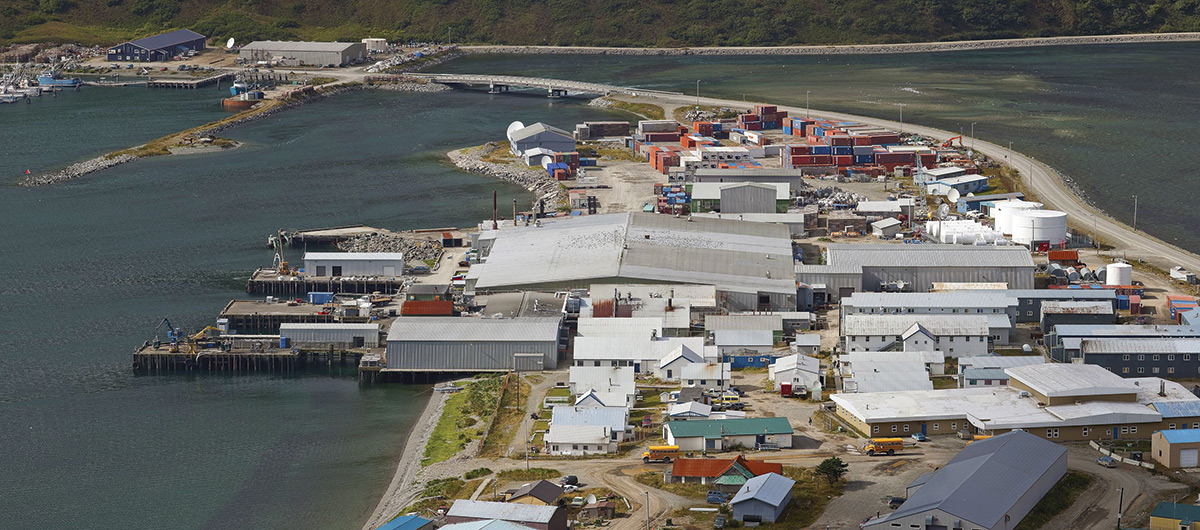
Peter Pan Seafood Co.
Peter Pan Seafood Co.

Peter Pan Seafood Co.
From the onset, the management team of the company has been focused on value-added products.
“The start for us was to redirect supply that had been going to a low-margin commoditized buyer to somebody who appreciates fresh,” Gillam says, pointing toward grocery stores as an example: the seafood footprint in US grocery stores is the fastest growing space.
“That means that within the growth profile of grocery, seafood is growing the fastest. So there’s more demand for wild, for fresh, for sustainably harvested,” Gillam says. “We want to take advantage of that. So that’s value added, rather than just sending it to any old buyer at any old price, especially in places where they don’t care about Alaska as a fishery.”
Value-adding seafood means doing more than chopping off the head and gutting the fish, but it can be as straightforward as cutting the fillets or skinning those fillets and portioning them, Gillam says.
He makes the argument that freshness is an added value because the fish has to be handled fast, kept cold, and moved far. At the height of the salmon harvest, Peter Pan Seafood Co. was running dozens upon dozens of C-130 plane loads of fresh fish from Bristol Bay to the Outside, Gillam notes.
Hickman, who has been part of the seafood industry in Alaska since the ‘80s, sees the portioning of fillets as a big winner for Peter Pan Seafood Co. this year and into the future.
“We’re getting portions out into the market for retailers,” Hickman says. These include salmon portions, as well as cod, black cod, and halibut.
“Part of this whole new Peter Pan thing was bringing Northwest Fish into the fold, and that’s Rodger May. That’s his background. That is his forte. He knows what customers want. He knows it right now. He’s been doing this all his life.”
Gillam is also looking at more typical value-added products. These are the situations where processors ask: can it be sized differently, can it be marinated, can it be bagged and frozen, can it be canned?
Peter Pan Seafood Co.
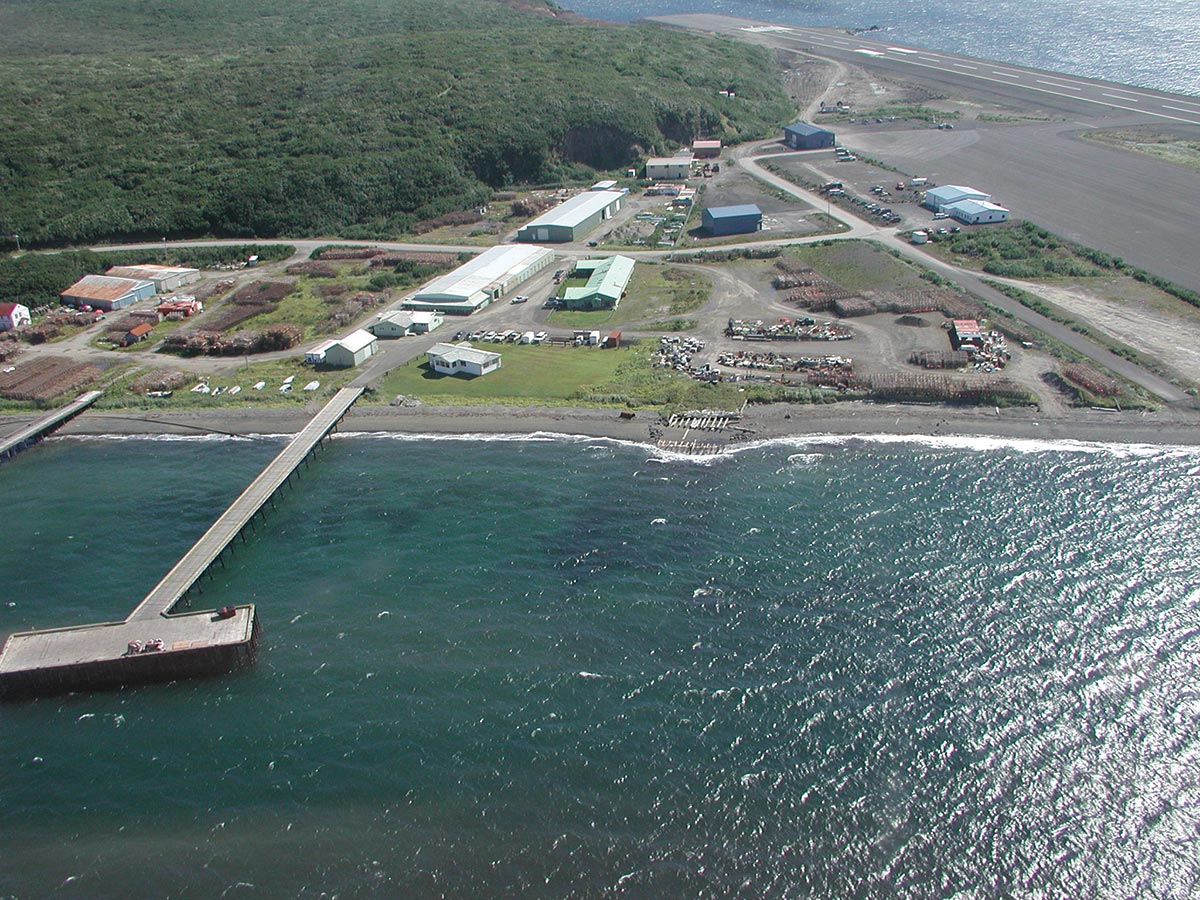
Peter Pan Seafood Co.
Hickman, clearly excited about the prospects of what Peter Pan Seafood Co. can do, is quick to point out that the company is only just getting started under the new management.
“I think this is the tip of the iceberg,” Hickman says. “You’ve got to remember this is a first-year deal. This is out of the box. None of our plants had any capital improvements, and we still had a great year.”
“I think we’re developing a pretty open relationship with our existing fleet and with our new fleet. We’ve grown our fleet by more than we forecasted,” Gillam says, without going into specifics.
Now listed among the company’s core values is the statement: “Our fleet is our family: We take great pride in our fleet and provide the best service and support possible.”
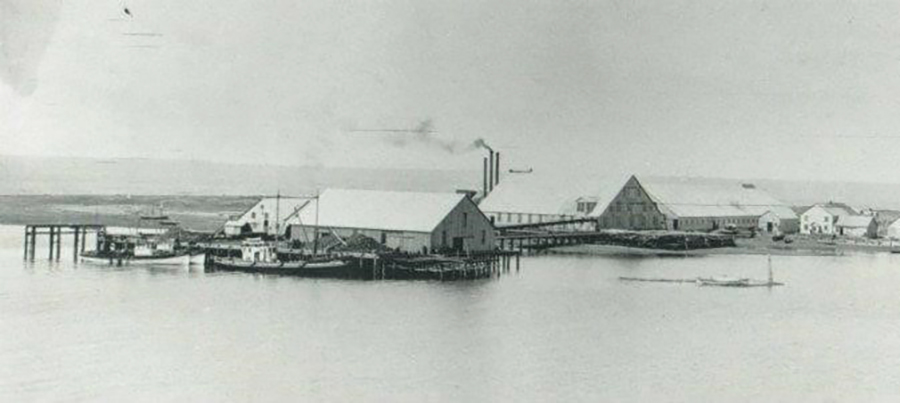
“If you’re a fisherman and you’re not fishing for me and you’re broken down and my guys are all taken care of, if I can help you out, we’re going to help you out.”
That mentality was missing from Peter Pan Seafood Co. the last few years, Hickman says; however, he’s confident that taking care of people in the communities the company operates in creates a foundation for the long-term growth of its fleet. The company, headquartered in Washington, runs plants in Dillingham, King Cove, Port Moller, and Valdez, along with support facilities in Naknek and Sand Point.
“So one of the things that’s important to us/me, as someone who grew up in and around the Bristol Bay region, is that, you know, you have an emphasis not just on the margin, which obviously going up the value add helps, but you have a focus on the fishermen, you have a focus on the resource itself—making sure that you’re sustainably harvesting it—and the communities in which you do this,” Gillam says.
“We at McKinley typically look for Alaska-themed investments that have a good risk return potential for investors. But they are not only Alaska themed, there’s some other knock-on benefits. And we try to make thoughtful long-term investments.”
In the case of Peter Pan Seafood Co., this comes back to investing in local communities while supporting sustainable harvesting practices.
Hickman, who did a long stint working for Peter Pan Seafood Co. operations in King Cove years ago, says it’s been rough to see what the community has been going through.
Peter Pan Seafood Co.
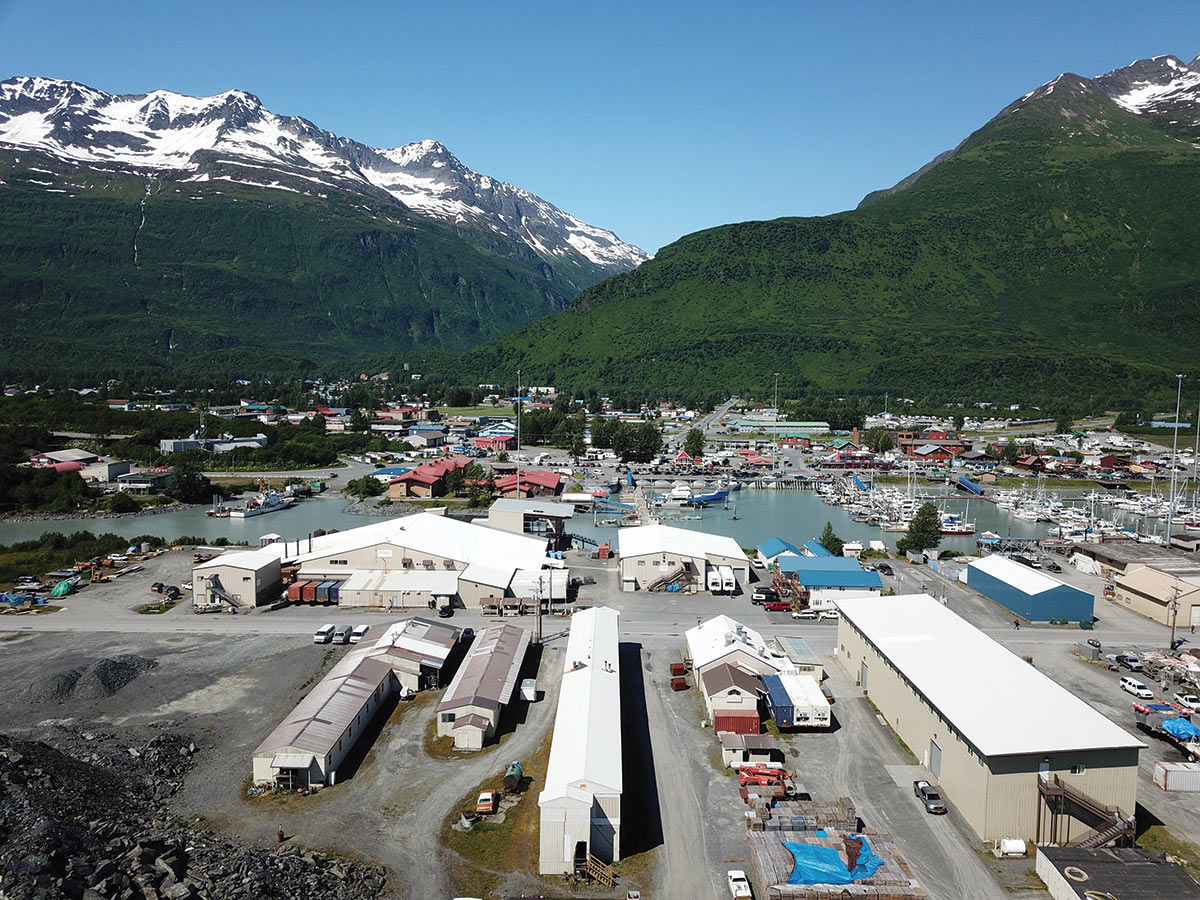
Peter Pan Seafood Co.
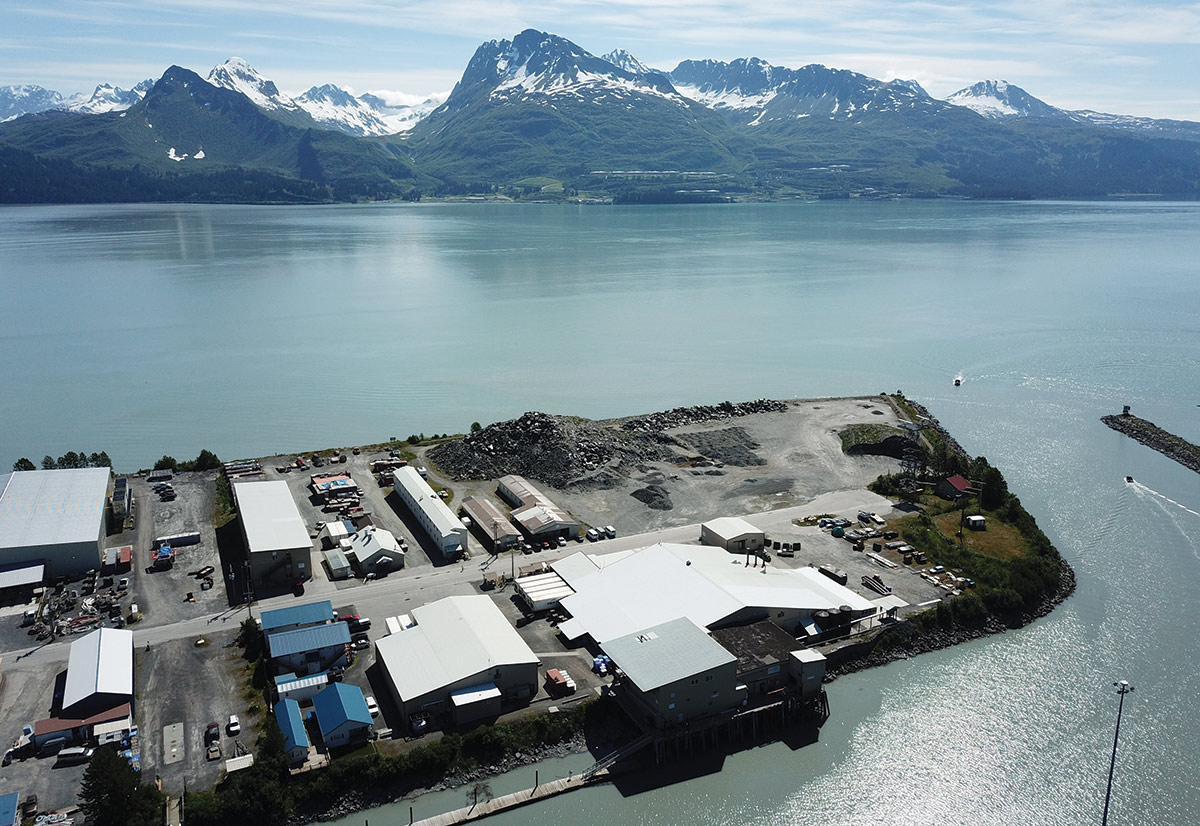
“It was hard to see struggles in the community,” Hickman says. He made it clear that he was glad that he and Peter Pan Seafood Co. can be a part of turning things around in the community.
Hickman points out that without the seafood processing plant up and running, jobs are few and far between in King Cove, as well as in Dillingham.
“We need to focus an equivalent amount on being a good partner and being a good neighbor and being a good citizen of the community, as much as we do on actually running a seafood business,” Gillam says.
While some of that investment is through job creation, there are other ways Peter Pan Seafood Co. is supporting local communities. This year, the company donated more than 14,600 meals within Dillingham. Some of the salmon donated was used for cultural programs to teach people how to safely can and preserve the catch.
Peter Pan Seafood Co.
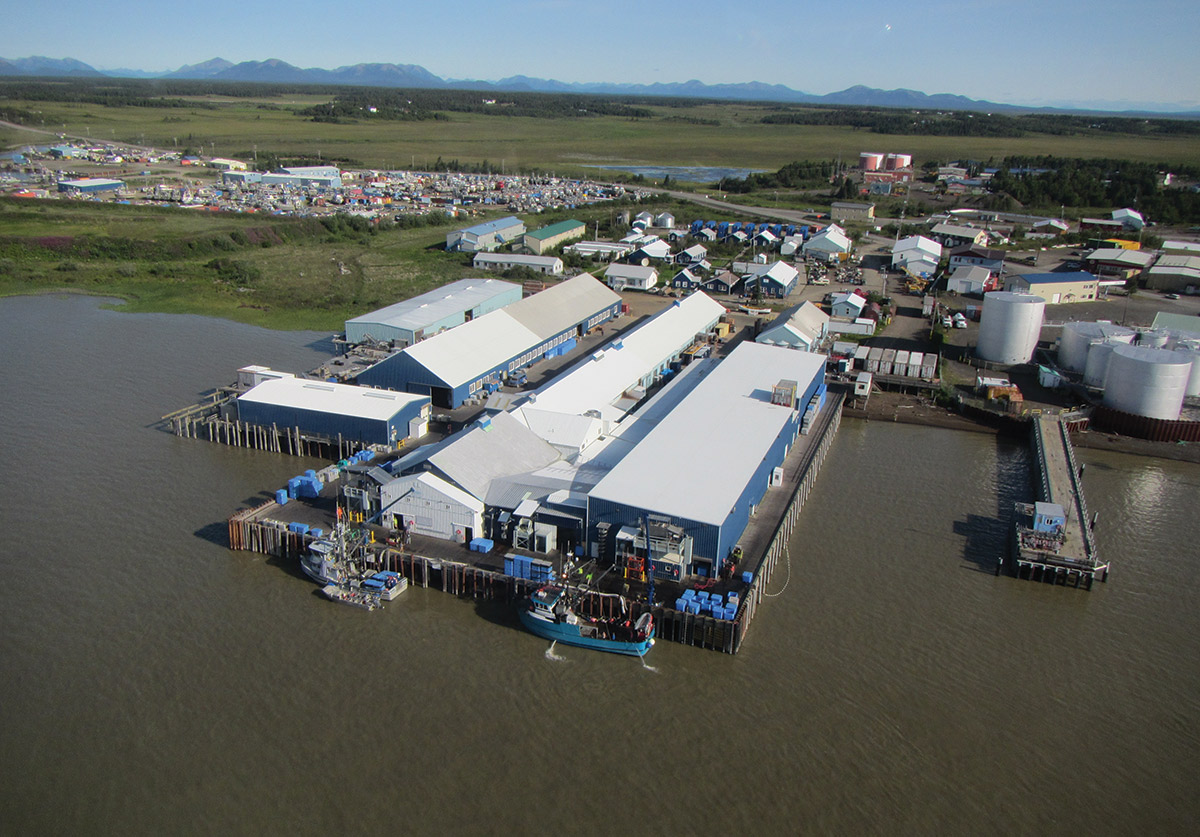
Peter Pan Seafood Co.
“When it comes to community contributions, you’ve got to be strategic, and you can’t give money to everything, but you need to be part of that,” Hickman says. “In King Cove, we put a sizable donation for helping purchase an ambulance.”
Hickman points out that cooperation and respect are fundamental to Peter Pan Seafood Co.’s growth in the coming years.
“People need to go into this realizing that every fisherman has a business plan, every community has a business plan,” Hickman says. “And if you look at those communities and say, ‘You know what, we don’t care about your business. We only care about ours,’ that doesn’t work.”
The goal is to reinvigorate communities, to get people excited about working at the plants, excited about bringing fish to the plants, Hickman says.
As part of this plan, the company made an early, mid-June, base-price commitment for Bristol Bay sockeye salmon.
“We are checking the boxes and keeping our promises,” Hickman said in a release about the commitment. “This is the first time in many years that a major processor has posted a price this early in the season, with most waiting until the majority of the Bristol Bay harvest has been completed.”
Peter Pan Seafood Co.
Peter Pan Seafood Co.
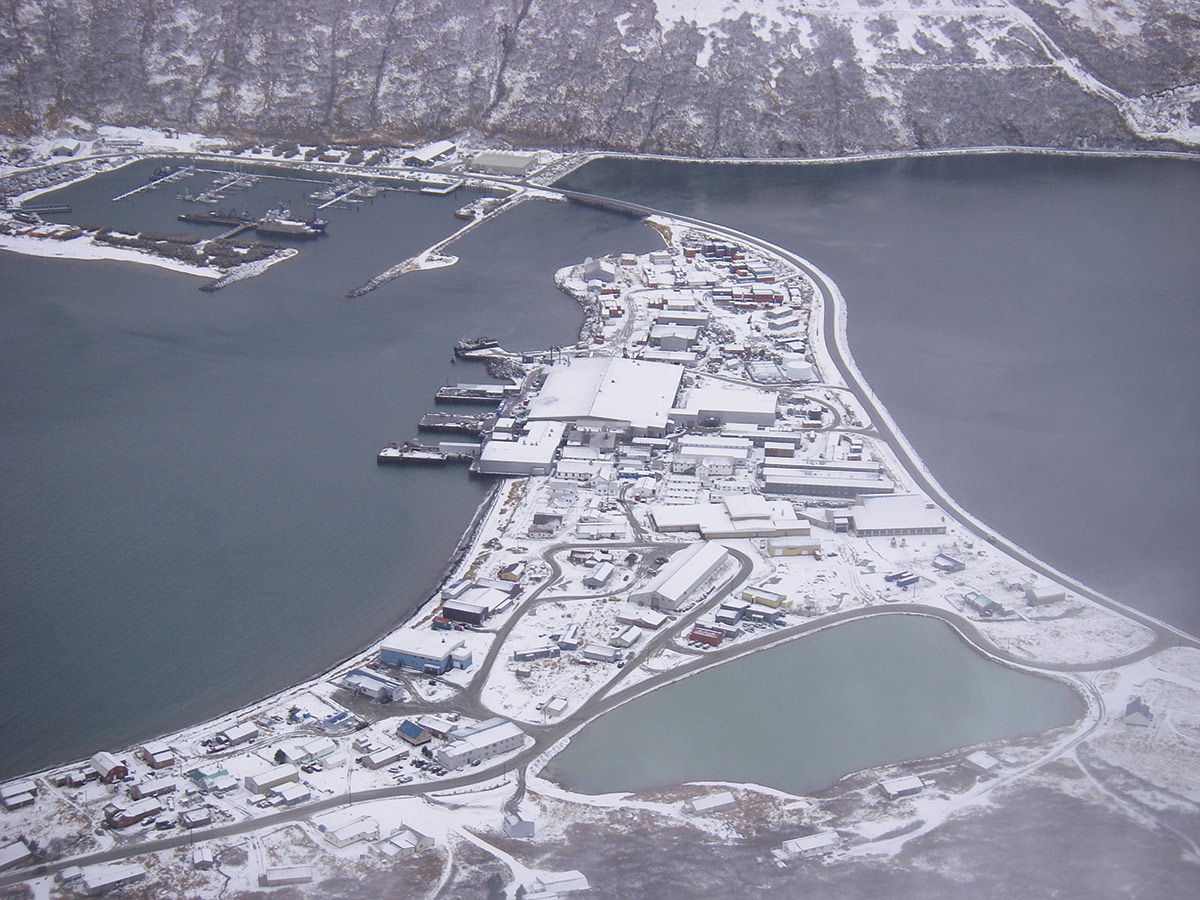
Earlier in the year, Peter Pan Seafood Co. offered prices as high as $12.60 per pound for sockeye and $20 per pound for kings in the Copper River Flats Fishery.
The company explained that it recognized that 2020 had been a difficult year for many Alaskans and hoped that setting the price early would help families better plan their finances for the year.
“No disrespect to any other player, but our business model is to come in and participate in the resource and participate in developing the return and keep some of the money and that profit here in the state,” Gillam says.
Gillam makes no pretense about Peter Pan Seafood Co.’s plan to reorganize the players and the rules in the industry to better take care of the fleet, the company, and the communities.
“Truth is, it’s a great business,” Gillam says. “It’s a great business because we have something that the world wants: we have wild Alaskan salmon.” ![]()